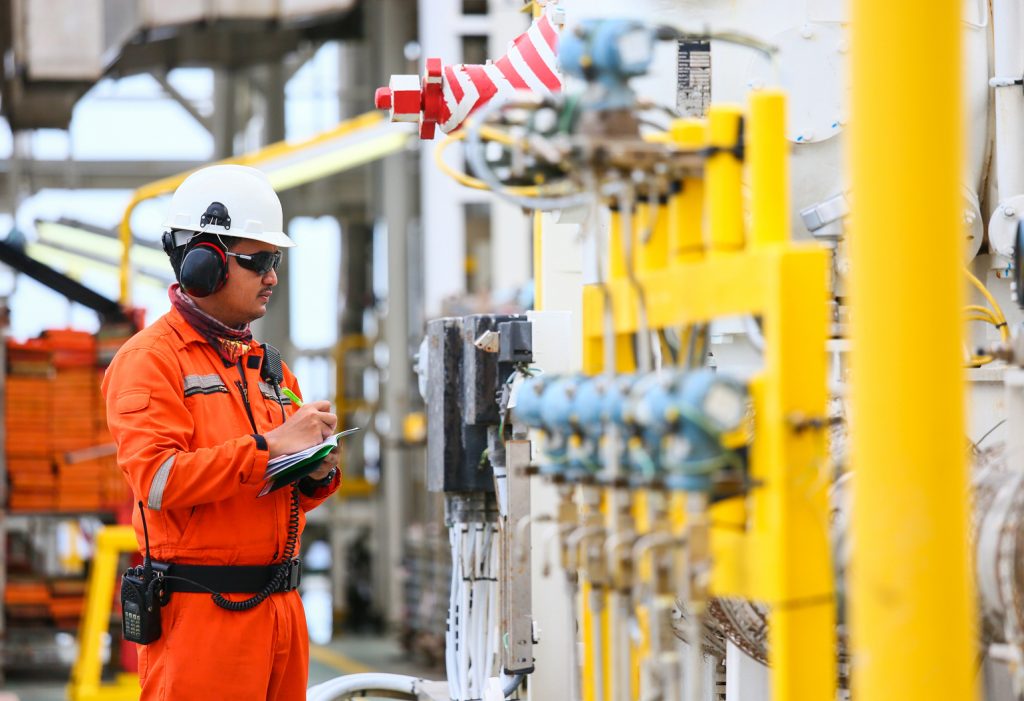The global market for natural gas engines is growing, but severe operating conditions and lubricant contamination can shorten their operating life. Analysing the physical and chemical properties of used oils can keep them running longer.
A report by Infinium Global Research predicts the gas engine market (including natural gas engines) will experience 6.5 per cent growth by 2024.
As an increasing number of plants depend on natural gas to power their operations, maximising production revenue through equipment reliability, and component and engine life will become more important.
One way to reduce operating and maintenance costs and increase equipment productivity is to implement a used oil analysis (UOA) program specifically designed for natural gas engine oils.
Early warning
UOA can pick up changes in lubricant viscosity, metal contamination, and oxidation and nitration to provide an early warning of surface fatigue and micropitting, as well as other issues that can affect the service life of lubricants, filters and engines.
For example, oils with a viscosity higher or lower than the ideal operating range for your engine can lead to ineffective lubrication. Because oil thins as it heats up, tests should be carried out at both low (approx. 40 degrees Celsius) and high (approx. 100 degrees Celsius) operating temperatures.
Oxidation or nitration of used oil can be accurately detected with an infrared (IR) scan, which is then compared to the IR absorbance of a reference sample of new oil. This can help operators change out lubricant before excessive nitration or oxidation causes damaging sludge, varnish or lacquers in the engine.
Another factor that can indicate reduced serviceability of engine lubricants is the total base number (TBN), which measures the percentage mass of of potassium hydroxide (KOH) in the oil sample. The TBN of new oil varies between applications, with higher TBN values in oil designed to increase lubricant life in arduous operating conditions.
UOA can also find evidence of contaminants such as water, glycol (from coolant contamination) and metal particles to allow operators to change compromised oils as soon as possible.
According to research by ExxonMobil, a thorough UOA program can extend the time between overhauls by 10 to 100 per cent.
Tests can also be tailored to the specific application of the engine. For example, monitoring the level of acidic material in lubricants through the total acid number (TAN) is recommended for landfill engines.
A stitch in time
To gain meaningful insights from UOA results, operators and plant owners need to have an understanding of the tests, sampling conditions, specifications and operating conditions of the engine.
It is important to choose a laboratory that can provide support to interpret data effectively and has a good knowledge of the engine and its application. For example ExxonMobil’s Signum UOA program can provide training, troubleshooting and support in UOA data interpretation, backed by an extensive database for natural gas-application-specific analyses.
Another benefit of a UOA program is the ability to change oil according to an engine’s condition rather than a set time schedule.
Setting control limits on properties such as contaminants, nitration and viscosity that trigger condition-based oil changes is more cost effective than a time-based maintenance program.
To ensure that engines are running at optimum efficiency, operators should also use an oil or lubricant designed for use in natural gas engines, such as ExxonMobil’s Pegasus™ gas engine oils.
Find your Mobil authorised distributor here
